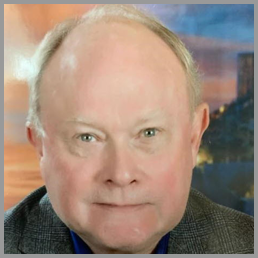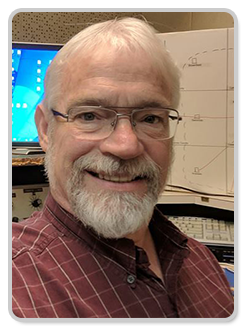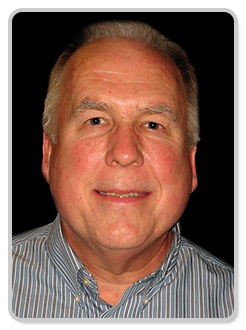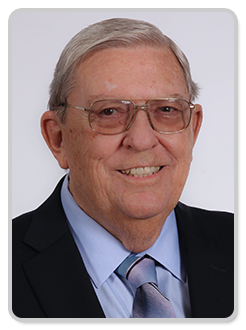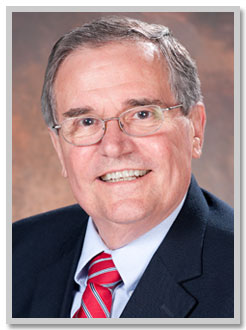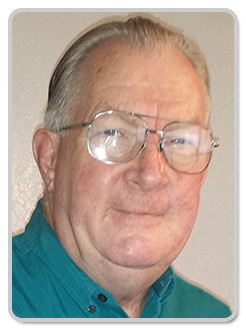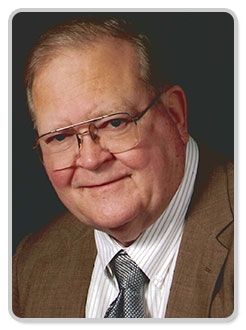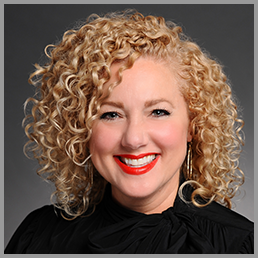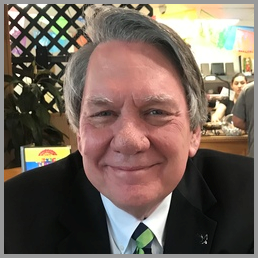Sonny Cavazos
2022 George Marti Award for Engineering Excellence
(Published August 2022)
Dedicated to broadcast engineering for more than 30 years, Manuel “Sonny” Cavazos II has demonstrated excellence and innovation in the field.
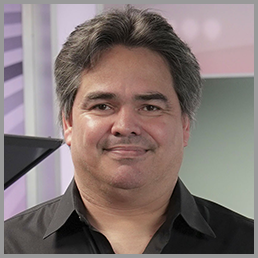
His humble beginnings started in the Audio/Video Department of Edinburg High school in the late 1980s.
While attending college, he got a job in the engineering department at KRGV-TV in Weslaco.
After holding various positions at KENS-TV San Antonio and KVEO-TV Brownsville, Sonny took the helm as EVP/Director of Technology for Entravision Communications – where he has been for more than 20 years.
His thirst for knowledge and his commitment to the industry can be seen firsthand in the work that he has done not only in Texas, but throughout the country…
- Designing and building master controls, news production control rooms and radio control booths…
- Trekking through muddy sites and up mountains to install transmitters and tubes…
- Designing RF systems for transmitter installations…
- Automating network signals for ad delivery, live news and traffic reconciliation…
Much like George Marti, Sonny has devoted his career to improving Television and Radio broadcast signals, processes, and operations.
When he joined Entravision in 1997, the company was growing rapidly – acquiring many broadcast properties – all under his technical leadership.
In 2019, he led the project to consolidate all of Entravision’s master control operations to McAllen.
Not a small task!
The project involved designing the playout and delivery of more than 180 video streams via IP, all from the McAllen HUB to Entravision’s 24 markets across the country.
Because of his leadership and vision, Entravision was able to launch its first five markets within 10 months of the initial project announcement!
Sonny shares his knowledge freely and is always willing to take time to teach and explain.
He is continually promoting broadcast in the community, mentoring master control operators and proctoring exams for them to become SBE certified.
Throughout his career, his ideas and implementation to improve RF have proved to be crucial in growing stations’ over-the-air market coverage, resulting in improved signals and greater audience delivery.
He has literally grown up with our industry, but also recognizes the importance of learning and staying up to date with all technical aspects and trends by studying and sharpening his skills.
His ability to evolve with the ever-expanding needs of not only RF, but also digital and IT, has made him one of the broadcast industry’s most well-rounded engineers.
